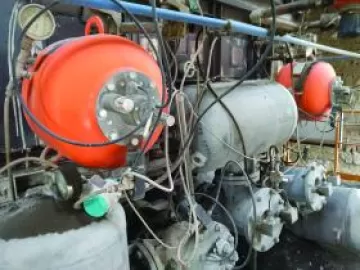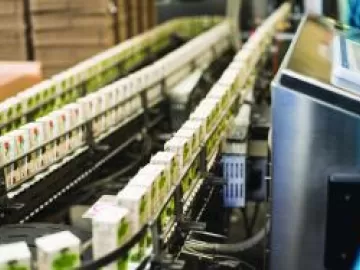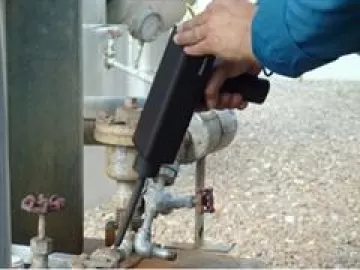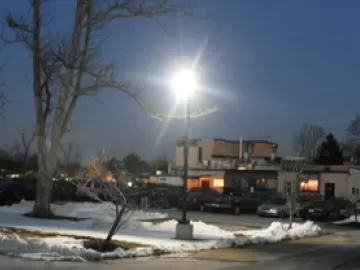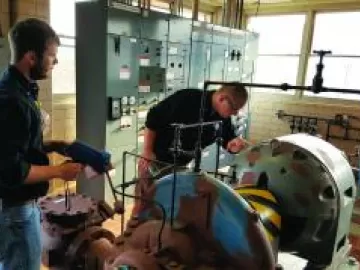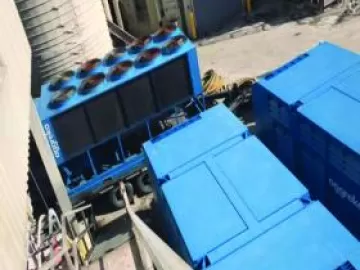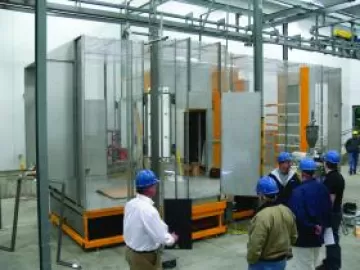Atlas Copco Compressors Enables Sustainability-Based Production
The U.S. air compressor market has a compressed air installed base of at least 15 million horsepower. Further, it evaluated various air audits across different customer types, sizes and segments and determined U.S. manufacturers stand to save around 13 billion kilowatt hours (kWh) annually in electricity associated with compressed air. That translates to a savings of $1 billion in energy costs per year, which would remove nine million metric tons of CO2 annually. That equates to more annual energy usage of more than 1 million homes in the United States.

